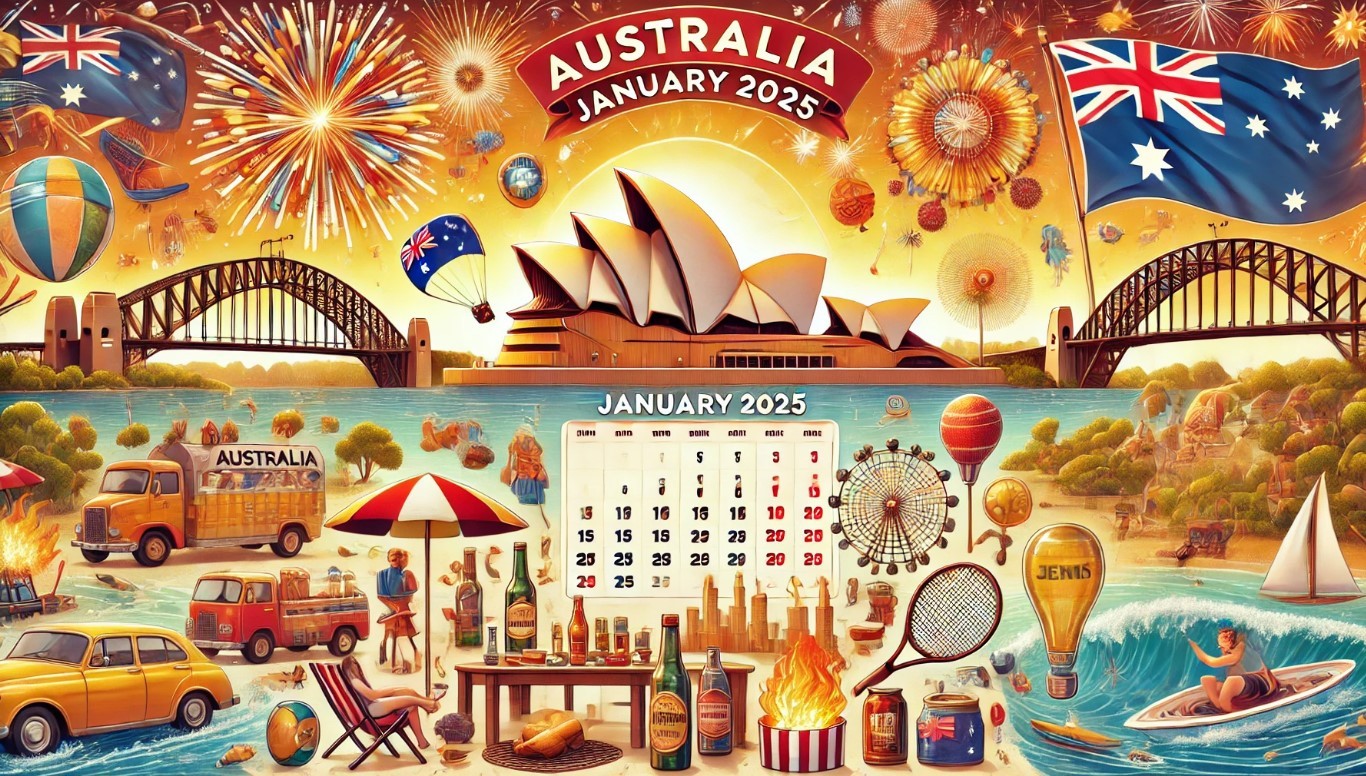Top 9 Iconic Symbols of Australia
 |
| Photo: businessinsider.com |
The disproportionately high number of symbols can be attributed to the failure of top-down symbolism to exert compliance or conformity. For example, when ruling authorities tried to promote the Union Jack as a uniting symbol, many Australians reacted by creating their own symbols to defy the authorities and express their culture. Many of these symbols were in turn rejected by the government, which left Australia in a state of disunity and on the look out for new symbols. Today, top-down symbolism still defines much of Australian political life and still fails to exert conformity or compliance just as it failed in the past. In turn, Australians are still seeking new symbols.
1. The Wattle
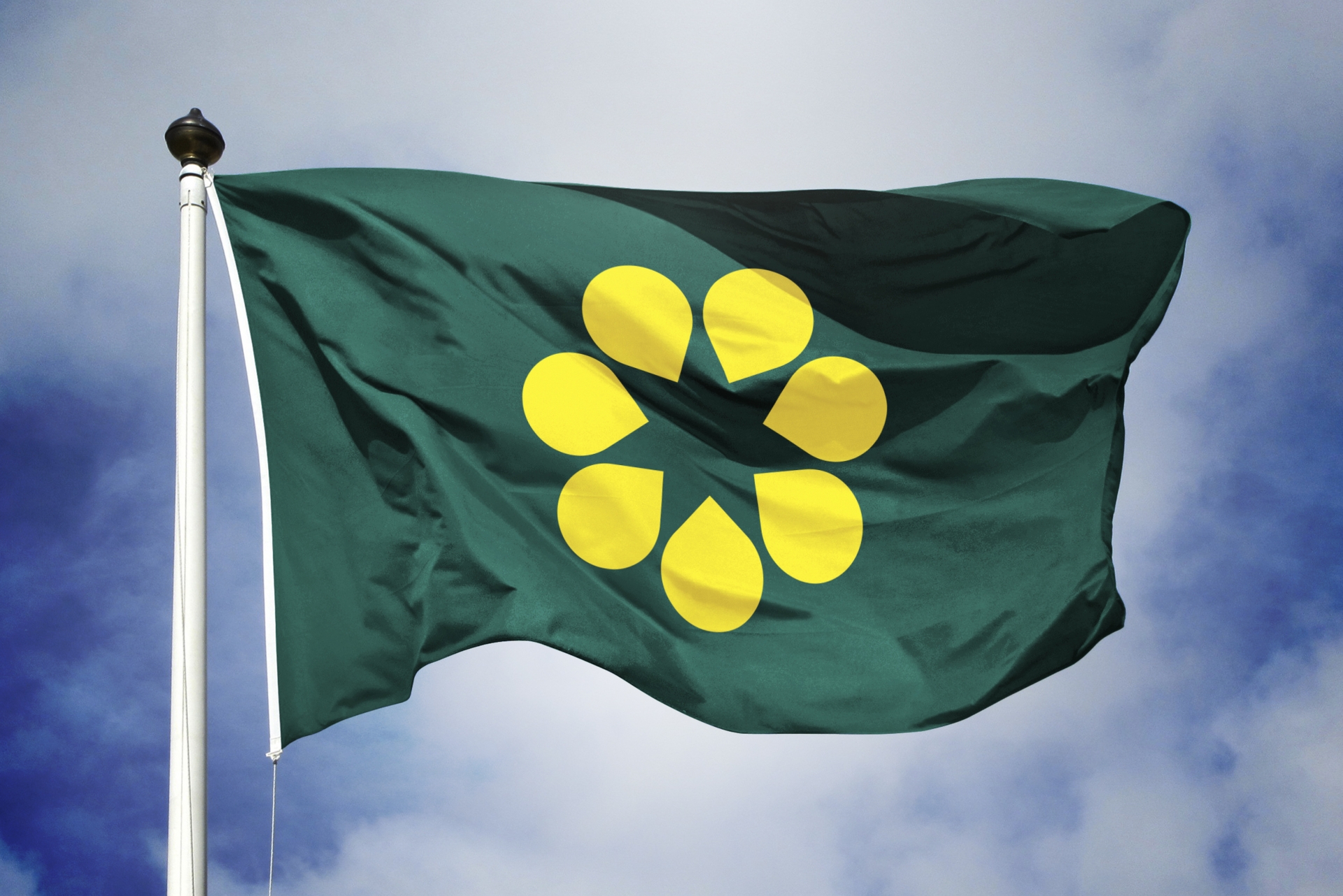 |
| Photo: goldenwattleflag.com |
Many of the colonists identified with Australian flowers, much like the English identified with roses, the Scottish with thistles and the Irish with shamrocks. Because of its unique colours and design, the wattle became associated with Australia. In 1912, it was included as decoration surrounding the Commonwealth Coat of Arms. In the 1920s, the green and gold colours of the wattle became associated with Australian sport.
2. Ned Kelly's Helmet
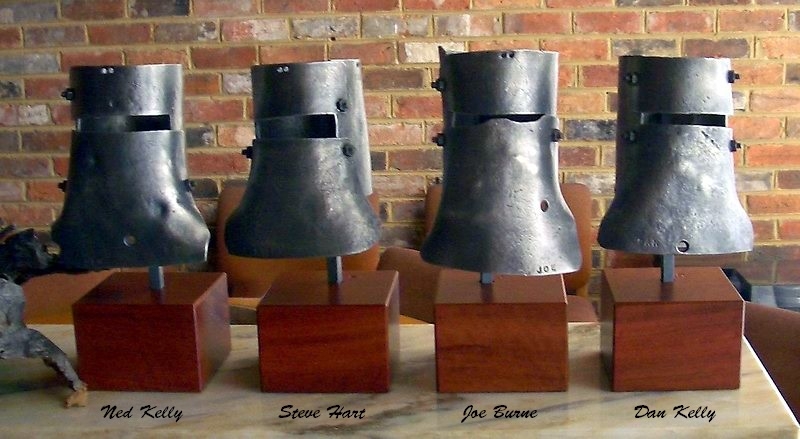 |
| Photo: ironicon.com.au |
In 1880, bushranger Ned Kellyled his gang into a shoot out clad in iron suits. His legs were shot out from beneath him, he was captured, tried and hung. Despite being a criminal, something about his iron suit resonated with the general population. Perhaps it has been interpreted to represent an individual armouring himself against persecution, which naturally appealed to a population in which the elitist class were pure British citizens proud of their British culture.
Kelly's armour has been incorporated into paintings, advertisements, business logos and is arguably Australia's most proliferated symbol.
3. National colours
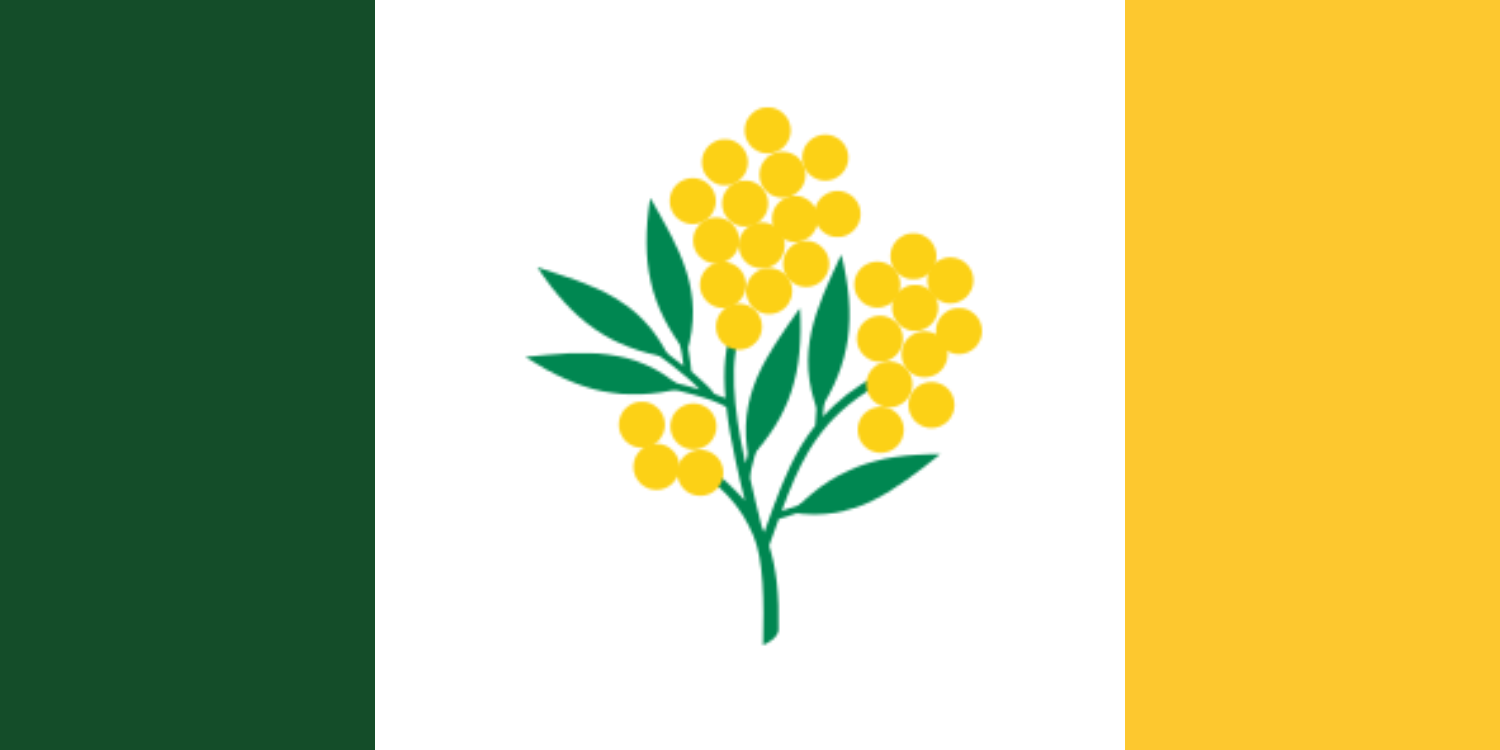 |
| Photo: Pinterest.com |
Australia's national colours are green and gold—colours found in the Australian environment. Gold represents sand, grain, fleece and mining. Green represents trees and crops. Green and gold are also the colours of Australia's national floral emblem, the golden wattle.
Green and gold were proclaimed the national colours on 19 April 1984, together with the national anthem. These colours are mainly associated with Australia's sporting achievements in international events, such as the Olympic Games.
4. The Slouch Hat
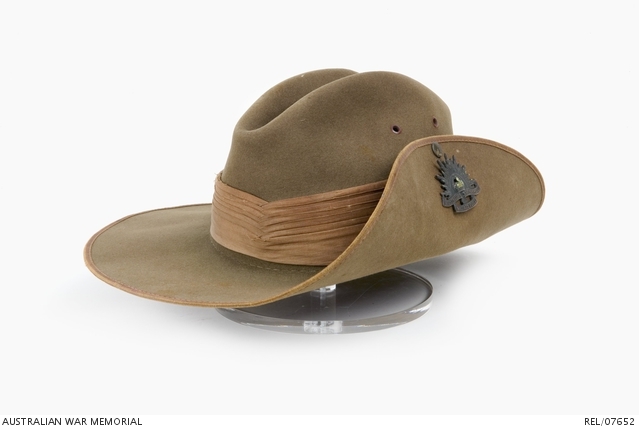 |
| Photo: awm.gov.au |
Since its inception more than a century ago, the slouch hat has become one of the most distinctive and defining items of Australian clothing. Perhaps the Australian soldiers pinned the hat because they put pragmatism over style. Alternatively, military commanders might have encouraged the hat to be pinned because it distinguished Australian soldiers from other soldiers in British allied forces. This distinguishment helped build a unique social identity of the Australian soldiers, which was good for morale.
In addition to the pinning, the slouch hat gained uniqueness via the addition of native bird feathers. Emu plumes were often added for decoration or to again signal some kind of Australian characteristic.
5. Coat of Arms
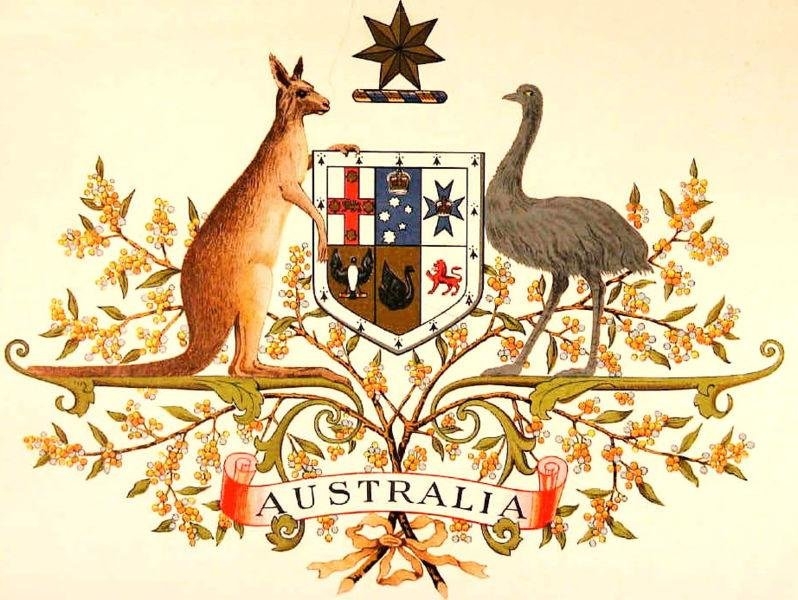 |
| Photo: researchgate.net |
The Australian coat of arms consists of a shield containing the badges of the six Australian states symbolising federation, and the national symbols of the Golden Wattle, the kangaroo and the emu. By popular tradition, the kangaroo is accepted as the national animal emblem. The Golden Wattle was proclaimed the national floral emblem in August 1988.
6. Uluru
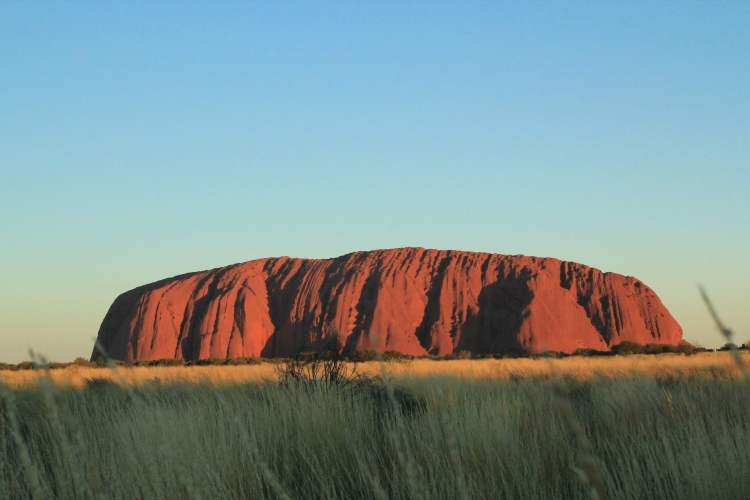 |
| Photo: onechelofanadventure.com |
Uluru — the giant sandstone monolith in Central Australia — has a timeless quality, yet it only became a powerful symbol of Australia for Australians and international visitors from the 1980s.
For Indigenous Australians, Uluru forms a part of Dreaming stories. The centre of Australia represented a challenge for colonial explorers, who named the monolith Ayers Rock, after an early colonial official.
From the 1930s artists such as Hans Heysen, Albert Namatjira and Sidney Nolan helped to transform the ‘dead heart’ to the ‘Red Centre’.
7. The Sydney Opera House
 |
| Photo: .tripadvisor.com.au |
The Opera House has frequently been used in advertising campaigns and business logos to symbolise both Sydney and Australia. Despite being a popular symbol, it has never been clear as to what it actually symbolises. It certainly doesn’t symbolise that Australians love Opera because the vast majority do not. The late billionaire Kerry Packer articulated how many Australians feel about opera when he said, “The ultimate purgatory for me would be to go to the Opera House and hear Joan Sutherland sing.”
Despite not liking Opera, Australians probably like the Opera House because it seems to represent a water and beach culture. The Opera House’s design looks a bit like shells on a beach or sails on the water.
8. The Rainbow Serpent
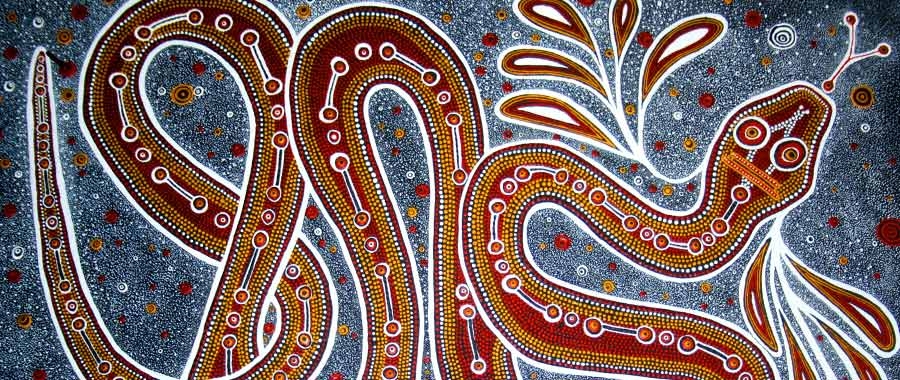 |
| Photo: bahaiteachings.org |
The rainbow serpent was a mythological figure in many Aboriginal cultures. The Aborigines told of a great snake that emerged from beneath the earth, winding from side to side, making the great rivers flow from its path. From its body sprang the tribes, the animals and the birds of Australia. It was spoken upon in a hushed voice for it inflicted vengeance upon those who angered it. Stories told of it swallowing people who had not observed taboos. Contrary to myth, it was not the universal creation spirit. Some cultures told of a dingo that created the world.
Today, the rainbow serpent has been incorporated into artwork that symbolises the interconnectivity of Aboriginal cultures with the environment.
9. The Australian Flag
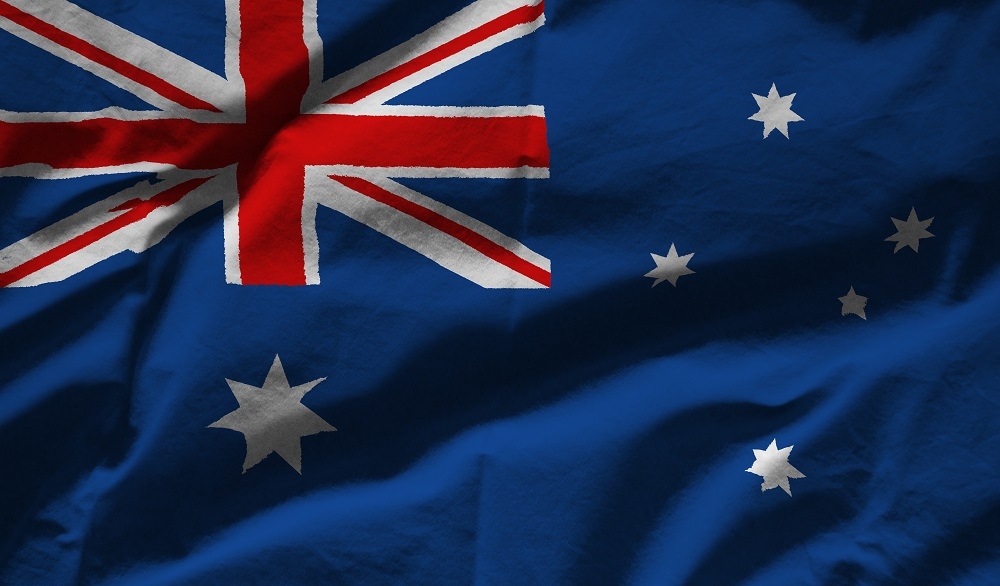 |
| Photo: Newidea.com |
| The Australian Flag was chosen after a competition in 1901. The competition guidelines stipulated that a Union Jack had to be included. Symbolically, the location in the top left-hand corner signals servitude to Britain. The Southern Cross was included to represent Australia. The seven-pointed Commonwealth Star was located beneath the Union Jack to represent Australia's federal system. |
If you find the article given above a good source of information, don't hesitate to share!
The Philippines has several national symbols. The national symbols of the Philippines consist of symbols that represent Philippine traditions and ideals and convey the principles ... |
 Top 9 iconic symbols of Canada you should know! Top 9 iconic symbols of Canada you should know! Visiting China, what comes to mind? Is it a country famous for its cross-culture, thus it is rich in civilization and culture? What best represents ... |
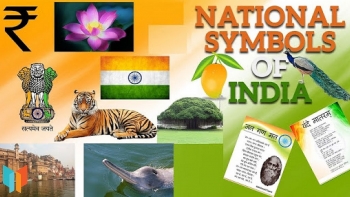 Top 9 Most Iconic Symbols of India Top 9 Most Iconic Symbols of India The Republic of India has several national symbols. The national symbols of India represent the culture and nature of India's National Identity. They infuse a ... |
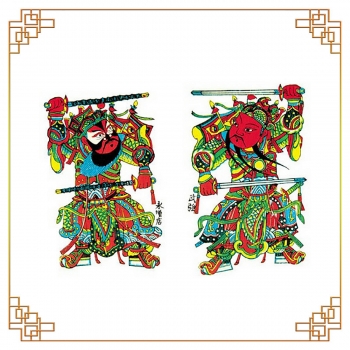 Top 9 Iconic Symbols of China Top 9 Iconic Symbols of China When mentioning China, what comes to mind? As a country with a history of more than 5,000 years, China is rich in civilization and culture. ... |


